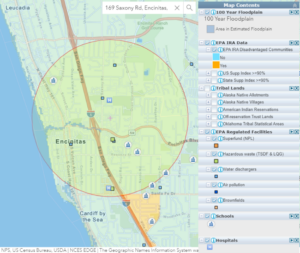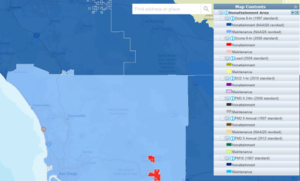In the realm of sustainable development and responsible governance, the pursuit of environmental justice stands as a paramount objective. Environmental justice is the fair treatment and meaningful involvement of all people regardless of race, color, national origin, or income, with respect to the development, implementation, and enforcement of environmental laws, regulations, and policies. In the United States, the National Environmental Policy Act (NEPA) forms the bedrock of informed decision-making, ensuring federal agencies carefully consider the environmental impacts of their actions. To augment the NEPA process, inform decision makers, and address environmental inequalities, the Environmental Protection Agency (EPA) has developed a powerful tool known as EJScreen. In this article, we will delve into the EPA’s EJScreen tool and its profound significance in bolstering and aiding the NEPA process, while also championing the cause of environmental justice.
EJScreen, which stands for Environmental Justice Screening and Mapping Tool, is a dynamic and user-friendly tool that aims to assist in identifying areas with potential environmental justice
For example, the image to the right depicts a one-mile radius surrounding Scout Headquarters in Encinitas, California. The map shows key environmental metrics, mapping disadvantaged communities, including EPA regulated facilities, 100-year floodplains, and sensitive receptors (hospitals and schools). Additionally, the image below shows an example of EJScreen presenting areas of Clean Air Act nonattainment, or maintenance areas.

Scout strives to utilize the latest technology in preparing our NEPA documents. This is just one example of how we efficiently support our clients. If you need any NEPA support, contact us today at: hello@scoutenv.com.













